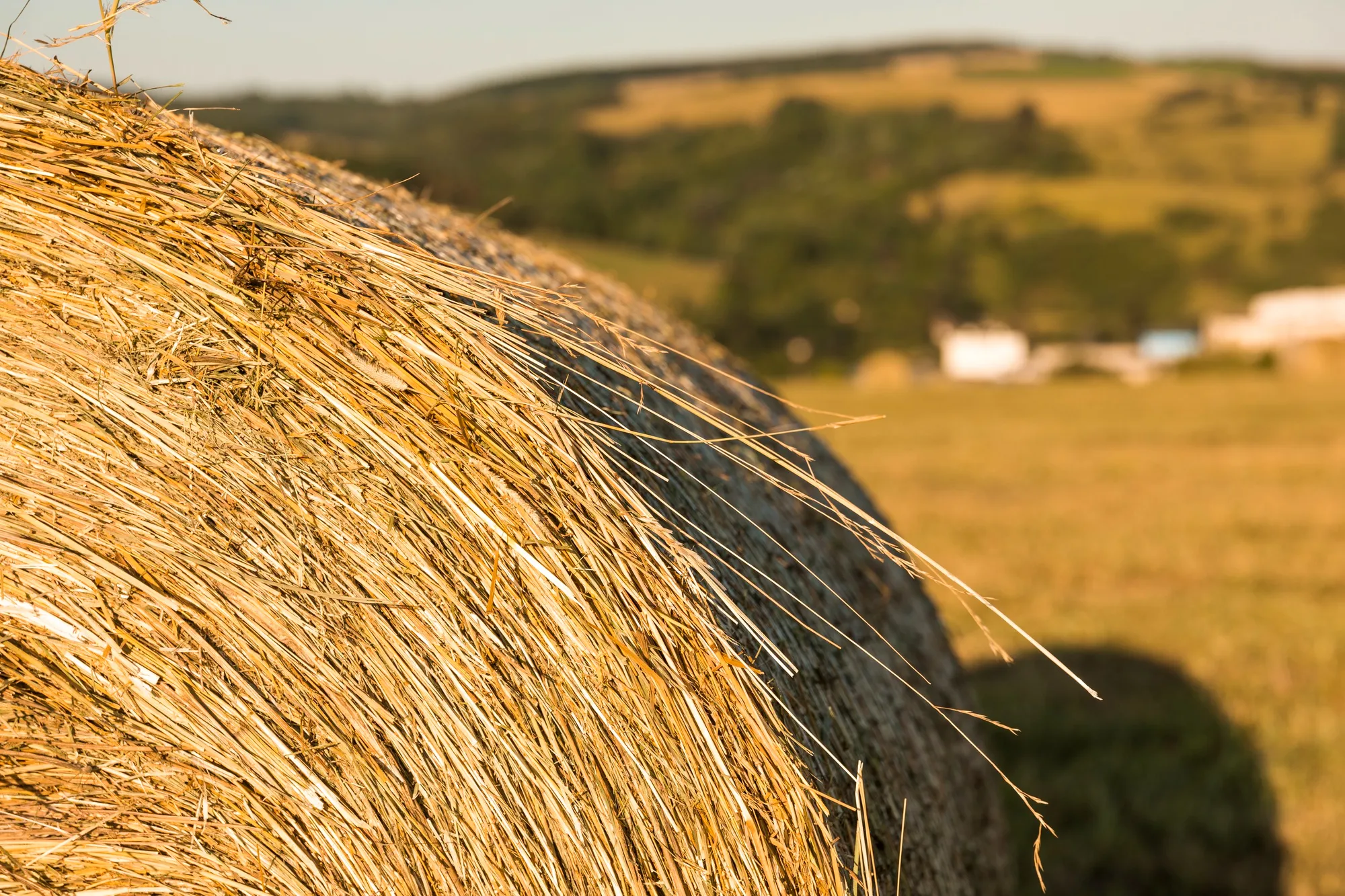A groundbreaking study has been published in the journal Carbohydrate Polymers, shedding light on a novel, eco-friendly process for extracting high-purity cellulose from rice straw – a common agricultural byproduct. Researchers from the Institute of Agrochemistry and Food Technology (IATA), under the Spanish National Research Council (CSIC), have employed an innovative combination of mild alkali, ozone, and specialized enzymatic treatments showcasing the power of green chemistry in agro-industrial waste management and valorization.
The study entitled “Order matters: Methods for extracting cellulose from rice straw by coupling alkaline, ozone and enzymatic treatments,” spearheaded by Laura Andrea Cabrera-Villamizar and her team, was released on January 16, 2024, with the digital object identifier (DOI) 10.1016/j.carbpol.2023.121746.
The AOE Approach to Cellulose Extraction
The unique strategy dubbed AOE – alkaline (A) treatment, followed by ozone (O) and enzymatic (E) processing – was identified as the frontrunner among the tested methods for its superior ability to isolate high-purity cellulose. This procedure has exciting implications for future applications, such as the development of active materials and eco-friendly plastics.
“Our findings signify a potential paradigm shift in the way we approach agricultural waste like rice straw,” stated Laura Andrea Cabrera-Villamizar of the IATA. “By optimizing the sequence of treatments, we can significantly impact the quality and characteristics of the extracted cellulose, paving the way for more sustainable manufacturing practices.”
Pioneering Greener Pretreatments
The research team meticulously evaluated the effects of altering the order of the treatments on the extraction process. They discovered that regardless of the sequence, the lignin content—a major impurity in cellulose extraction—was substantially reduced. However, the cellulose purity was highest when the AOE order was implemented.
In addition, the alkaline process was found to be vital as it increased both hemicellulose and polyphenol content, enhancing the antioxidant activity within the liquid fractions, a byproduct which itself could be leveraged in various industrial applications.
Enhanced Thermal Stability and Future Implications
A significant enhancement in thermal stability of the extracted cellulose was observed following the enzymatic process, particularly in the samples treated with SAOE—suggesting a modified sequence with a precedent solid (S) treatment. This feature is critical in determining the cellulose’s suitability for high-temperature industrial applications.
Antonio Martínez-Abad, one of the study’s co-authors, commented, “This advance not only presents a more environmentally conscious avenue for utilizing rice straw but it also opens numerous doors for innovation in material science, particularly in the arena of sustainable polymers and bioplastics.”
Strengthening the Biorefinery Concept
With their research, IATA’s team has contributed significantly to the concept of biorefineries, where every bit of raw agricultural input is used to produce energy, fuels, and high-value chemicals. Rice straw, a globally abundant residue, is transformed from a disposal challenge into a treasure trove of valuable components through processes like the AOE treatment.
Towards a Circular Economy
The responsible management of rice straw using the methods delineated in this research aligns with global efforts towards a circular economy, where resource efficiency and waste minimization are key. The IATA’s work also falls under the umbrella of the SusPlast, Interdisciplinary Platform for Sustainable Plastics towards a Circular Economy, an initiative aimed at making Spain a leader in sustainable plastic technologies.
Conflicts of Interest and Study Integrity
In their publication, the research team has declared that no conflicts of interest exist, showcasing their commitment to scientific integrity and impartiality in their pursuit of environmental and technological advancements.
Practical Implications and Further Research
While the study marks a significant advancement in cellulosic material recovery, the team acknowledges the necessity for further investigation into the commercial viability of the process, and the scaling up potential in various settings, including developing countries where rice straw is abundantly available.
